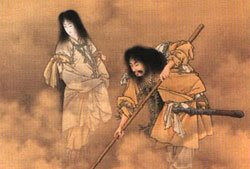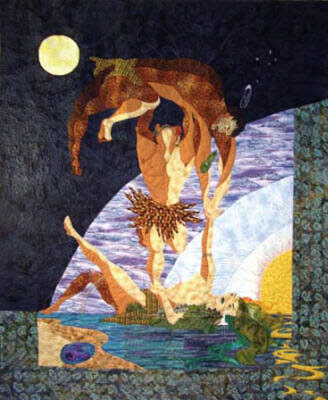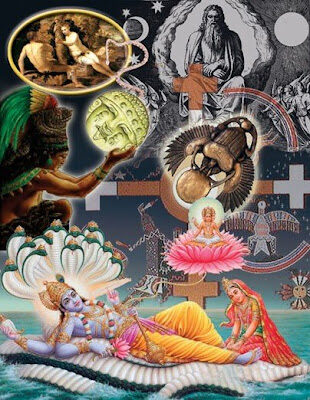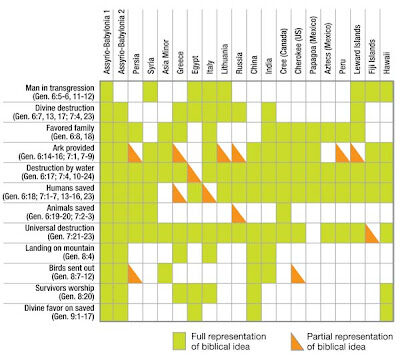Prof. Richard Dawkins next engages upon a conveniently narrow argument based on partial information and assertions as he states:
“The Adam and Eve myth is believed by a lot of people in certain parts of the world, but if you go to the other parts of the world you will find them believing very different myths…These creation myths are very beautiful, but they’re all different from one another, and they can’t all be true. And it’s very odd if people believe simply what the other people in their country happen to believe, just because they are in that country.”
Of course, the abiogenesis myth is believed by a lot of people in certain parts of the world, but if you go to the other parts of the world you will find them believing very different myths (I referenced many of them here). In part 5 I will deal with the, “just because they are in that country” issue.
While it is true that there are very different myths worldwide it is far too myopic to leave the statement at that, particularly when one is presenting supposed scientific information to children.
The fact is that several of the most ancient cultures worldwide have as their most ancient myths very similar stories. For example, many of them share versions of the creation of the world by a preexisting god(s), of a garden where human life was created, of a worldwide flood from which one family survived. Many share remarkable detail such as an ark ending up on a mountain, a bird being sent out form it, animals being saved on the ark, etc. These stories come to us from, to mention a few:
Alaska, Andaman Island, Asia Minor, Australia, Assyria/Babylon, Bolivia, Borneo, Canada, China, Cree, Cuba, East Africa, Egypt, Fiji, French Polynesia, Greece, Guyana, Hawaii, Iceland, India, Iran, Italy, Leeward Islands, Lithuania, Malay Peninsula, Mexico, New Zealand, Peru, Polynesia, Russia, Scandinavia, Sumer, Sumatra, Syria, Vanualu, Vietnam, Wales, Norther, Central and South America.
Prof. Richard Dawkins’ theory takes the children from “they can’t all be true” to the fallacious conclusion that if they are different and cannot all be true-none of them are true. This is a non sequitur because it could be that if they are different and cannot all be true-one of them is true.
Prof. Richard Dawkins has concocted his own creation myth in which “luck” plays the main role. Are we to conclude that simply due to the fact that his is one of the ones that “can’t all be true” it is therefore not true? See my essay Is Richard Dawkins a Fundamentalist?, part 5 of 9 to learn about his life from luck views.
Moreover, a more reasonable theory would be that as human civilization spread from a centralized location various groups spreading in various directions took with them the common knowledge history, or pre-history, which we now refer to as myth or legend. As these civilizations took root in various geographical locations they added their own flavors to these stories and surely invented various others. When we consider the corroboration of evidence, this may be evidence that the “myths” describe actual events.
As I have detailed elsewhere, when we consider the Genesis creation myth we find that it makes certain predictions (in a scientific sense):It predicts that the universe had a beginning.It predicts that the universe consists of time, space and matter.It predicts that human beings are made of the substance of the earth.It predicts the First law of thermodynamics.To name a few.See these essays for details:
The First Commandment of Thermodynamics
“In the Beginning…”: the Lucky Guess
“…Professing Themselves To Be Wise, They Became Fools…”, part 5 of 5




